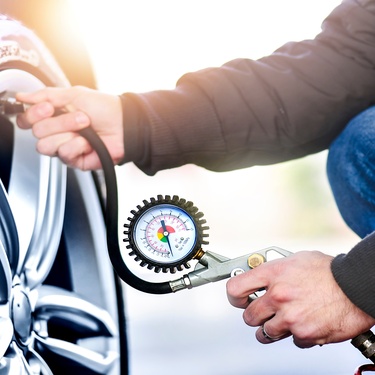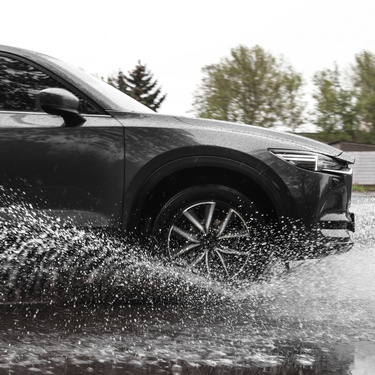
Your vehicle’s tires are its foundation, quite literally connecting you to the road. Ignoring tire pressure readings may seem like a minor oversight, but it can have significant consequences.
Properly inflated tires do more than just keep your car rolling; they ensure efficiency, safety, and longevity. We’re exploring the reality of overlooking tire pressure and why consistent monitoring should be a priority for every driver.
Reduced Fuel Efficiency
Running your car on underinflated tires quickly becomes a costly habit. When tire pressure drops, rolling resistance increases, meaning your vehicle must work harder to move forward. The result? Poor fuel efficiency and regular trips to the gas station.
Properly inflating your tires can improve mileage by up to three percent. While this may not seem like much at a glance, compounded over time, it adds up to ample savings and a reduced carbon footprint.
Compromised Handling and Braking
Ignoring tire pressure directly affects a vehicle’s handling and braking ability, which are crucial factors in maintaining road safety. Underinflated tires reduce steering responsiveness, making it harder to control your car, particularly in emergencies or adverse weather conditions. Additionally, braking distances can increase dramatically and put you and others at risk.
Overinflation, on the other hand, stiffens tires and minimizes their surface contact with the road, leading to a lack of grip, especially on turns. Confusion around this aspect persists, with many assuming that harder tires equate to better traction.
Addressing myths about tire safety is vital to ensure your driving habits align with best practices. Incorrect pressure, whether too high or too low, undermines the stable driving experience modern vehicles provide.
Increased Risk of Tire Failure
One of the most dangerous risks tied to ignoring tire pressure readings is the potential for tire failure. Low pressure causes tires to flex more than designed and generate excessive heat. Over time, this overheating leads to blowouts, a hazard that puts every road user in jeopardy.
Even a minor deviation from recommended tire pressure can lead to cumulative strain, especially during highway driving where heat builds up quickly. By routinely checking and maintaining proper pressure, you eliminate a major risk factor that often goes overlooked until an accident occurs.
Uneven Tire Wear
Improper tire inflation has a direct impact on how tires wear over time. Low pressure causes excessive wear on the outer edges, while overinflation can prematurely thin the center tread. Both scenarios significantly reduce the lifespan of your tires and force you into preventable replacements more frequently.
Some may assume that uneven wear is an alignment issue or because of road conditions, but tire pressure plays a pivotal role as well. Misconceptions like these highlight the importance of staying informed and proactive. Checking your pressure regularly helps you avoid replacing tires prematurely and ensures they wear evenly across their surface.
Ignoring your tire pressure readings is a choice with costs that extend far beyond your wallet. Reduced fuel efficiency, compromised vehicle control, heightened blowout risks, and unnecessary wear on your tires are all part of the reality drivers face when they ignore proper tire maintenance.
Bio: Casey is a passionate copyeditor highly motivated to provide compelling SEO content in the digital marketing space. Her expertise includes a vast range of industries from highly technical, consumer, and lifestyle-based, with an emphasis on attention to detail and readability.




















